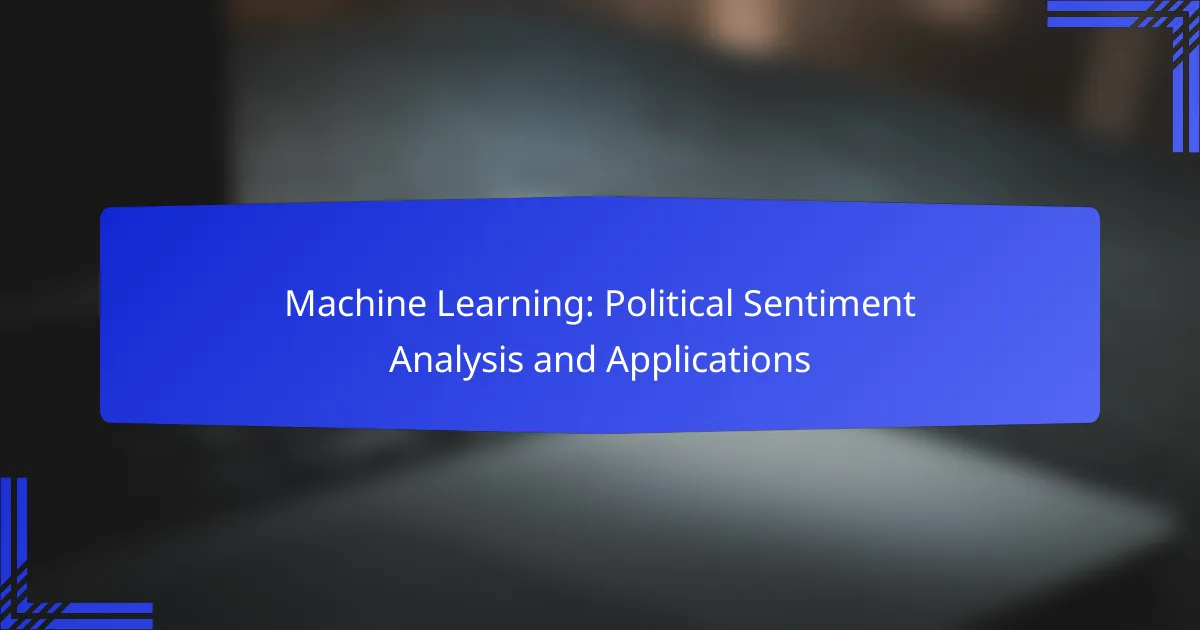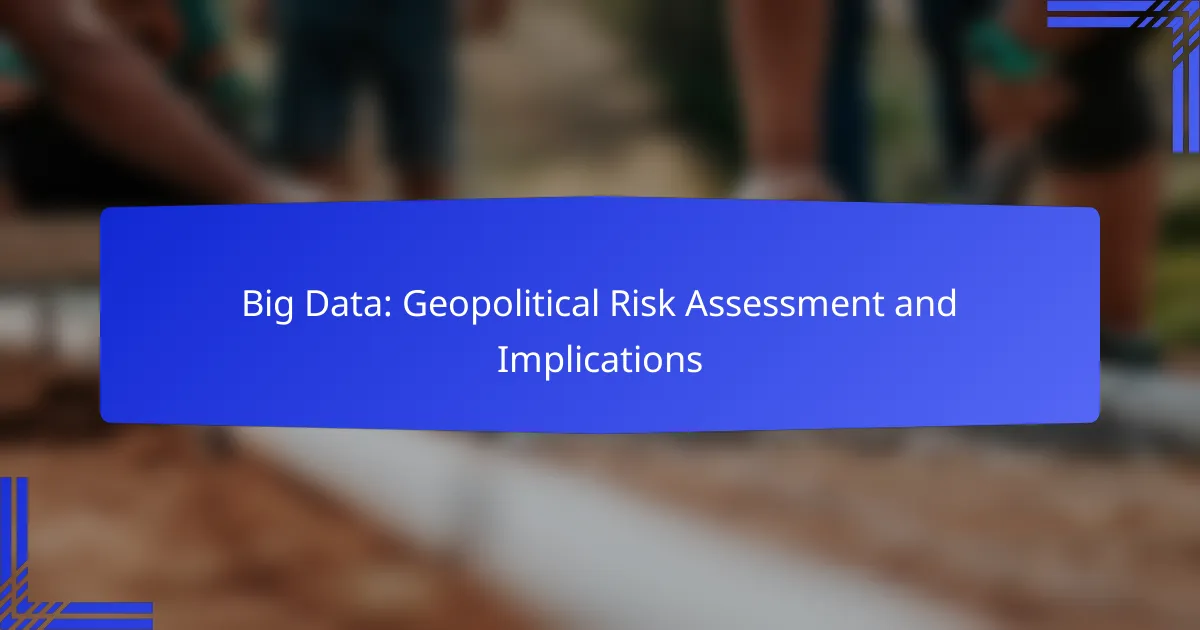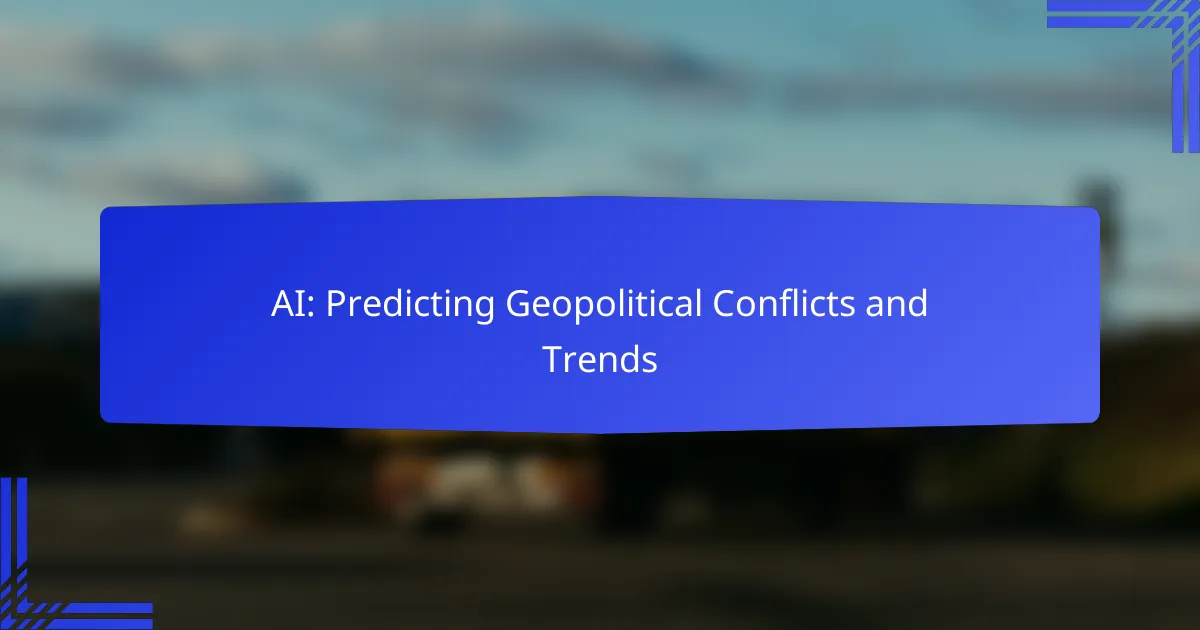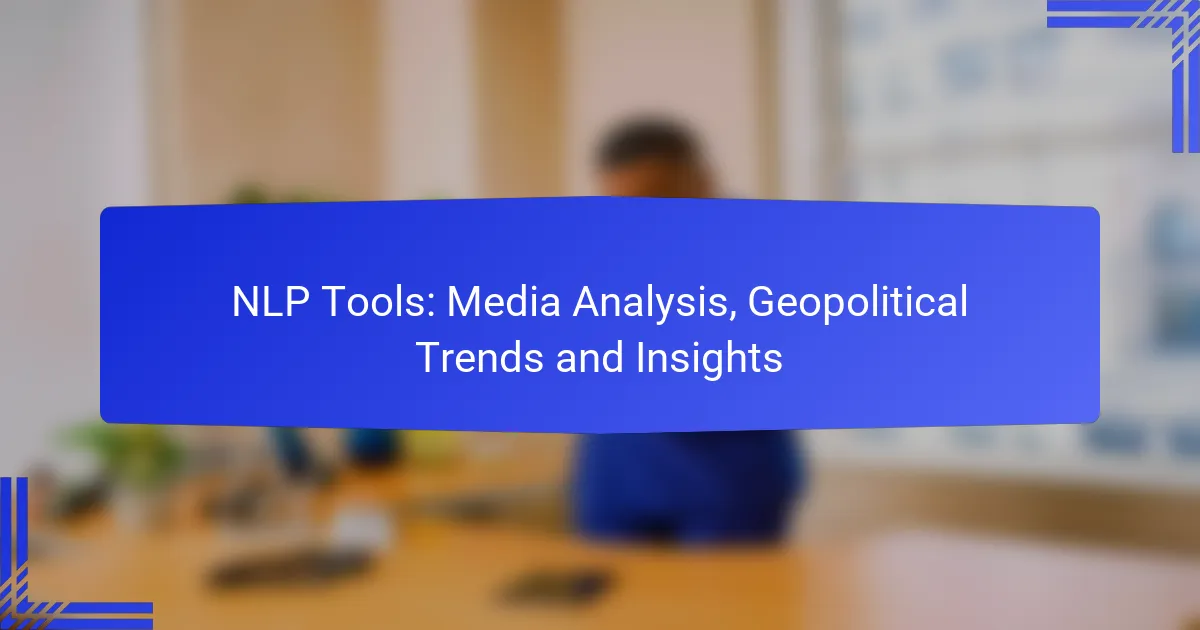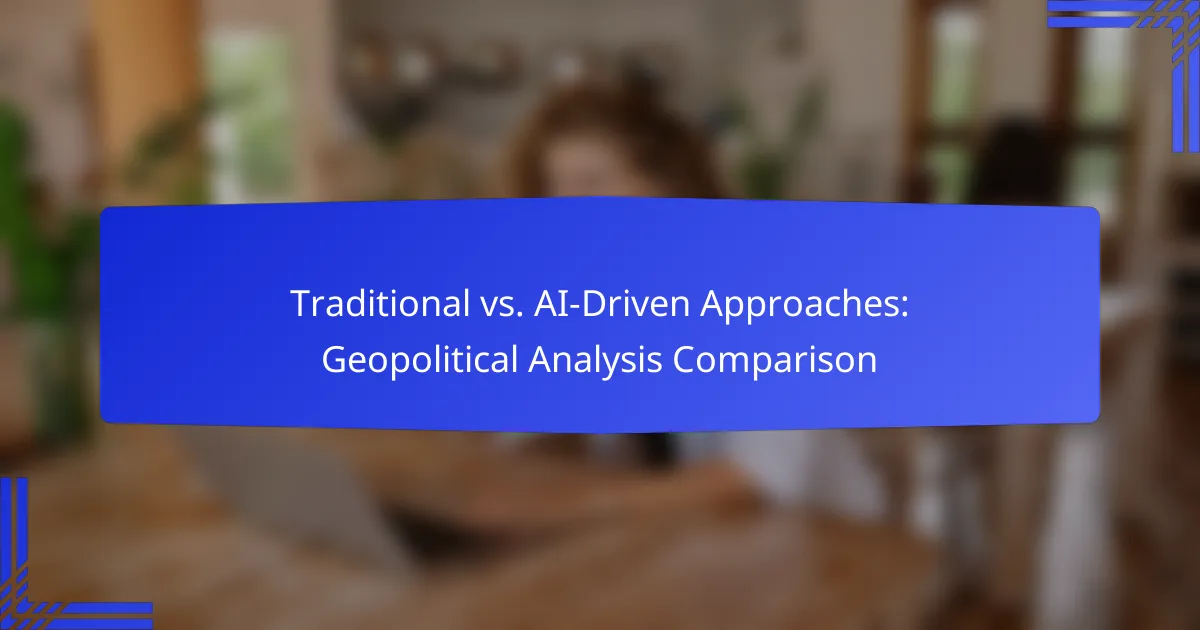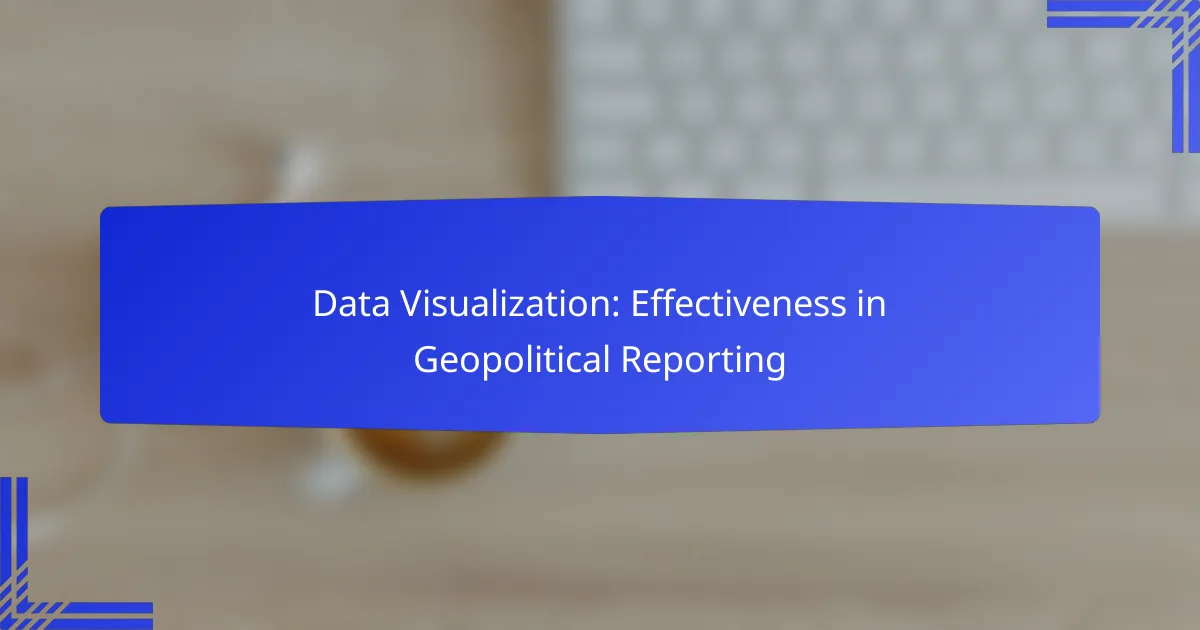Machine learning plays a crucial role in political sentiment analysis by enabling the examination of vast … Machine Learning: Political Sentiment Analysis and ApplicationsRead more
Technological Advances in Geopolitical Analysis
Big Data: Geopolitical Risk Assessment and Implications
Big data plays a pivotal role in assessing geopolitical risks by analyzing extensive information from diverse … Big Data: Geopolitical Risk Assessment and ImplicationsRead more
AI: Predicting Geopolitical Conflicts and Trends
AI is revolutionizing the way we predict geopolitical conflicts by analyzing extensive datasets to uncover patterns … AI: Predicting Geopolitical Conflicts and TrendsRead more
NLP Tools: Media Analysis, Geopolitical Trends and Insights
NLP tools for media analysis are essential for extracting valuable insights from extensive text data, allowing … NLP Tools: Media Analysis, Geopolitical Trends and InsightsRead more
Traditional vs. AI-Driven Approaches: Geopolitical Analysis Comparison
In the realm of geopolitical analysis, traditional methods depend heavily on human expertise and historical context, … Traditional vs. AI-Driven Approaches: Geopolitical Analysis ComparisonRead more
Data Visualization: Effectiveness in Geopolitical Reporting
Data visualization plays a crucial role in geopolitical reporting by converting complex information into clear visual … Data Visualization: Effectiveness in Geopolitical ReportingRead more
